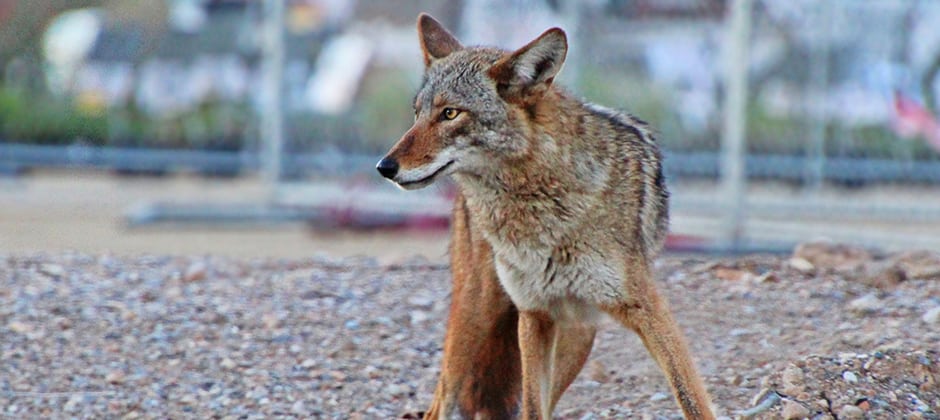Share this article
Humans may pass gut microbes to urban wildlife
Urban wildlife have some things in common with their human neighbors. Not only do they prowl the same streets—and maybe eat the same pizza. The life inside them—the microbes that inhabit their guts—have similarities to humans that these animals don’t share with their rural counterparts.
That suggests that humans are passing bacteria to urban wildlife, which could have ramifications for the animals’ fitness.
“Habitat loss is bad, and this is just another factor,” said Brian Dillard, a PhD student at Cornell University and first author on a study published in eLife. “Animals have to deal with things like anthropogenic sources of food, standing wastewater, urban heat islands, and human association. This urbanization leads to their microbiomes shifting.”
Dillard’s team knew that for many urban wildlife species, their gut bacteria differed from their rural counterparts. But did they differ in the same way?
To find out, he and his team looked at the microbiomes of three very different city-dwelling species: coyotes (Canis latrans), crested anole lizards (Anolis cristatellus) and white-crowned sparrows (Zonotrichia leucophrys).
By looking at fecal samples gathered from all over the world, the researchers compare the species’ gut microbes. Samples from anoles came from urban and rural areas in Puerto Rico. Samples from coyotes came from urban or rural areas around Edmonton in Alberta, Canada. Samples from sparrows were collected from urban or rural areas around San Francisco.
The researchers compared those with urban and rural samples from humans around the world—from Malawi to the U.S. to Tibet.
“Humans are essentially the most urbanized animals,” Dillard said.
The researchers found that urbanization affected all three wildlife species in ways parallel to humans. Wildlife in cities had some of the same bacteria that urban-dwelling humans had—bacteria not present in the same species living in rural areas. That was true regardless of where in the world the city was located. None of the wildlife were in the same cities as the humans, yet the result was the same. Urban dwellers from different species shared similar microbes.
That’s likely because humans are the source of these microbes, researchers found. Some species from the group of microbes called Bacteroides are considered an indicator of urbanization in humans, and they were overrepresented in urban wildlife.
What that means for wildlife isn’t exactly clear, Dillard said, but individuals with their traditional microbiome tend to be healthier than others. They have better fitness. Their immune systems function better. They maintain weight better. The findings open up possibilities for other research, Dillard said. Would a country mouse outlive a city mouse? Do animals in the wild have better fitness than their urban counterparts? What does this mean as urbanization grows?
“It puts another thing on the table as far as how animals are affected by loss of habitat,” he said.
Header Image: Wildlife in urban areas, including coyotes, have gut microbiomes that differ from their counterparts living in more rural areas. Credit: Renee Grayson








